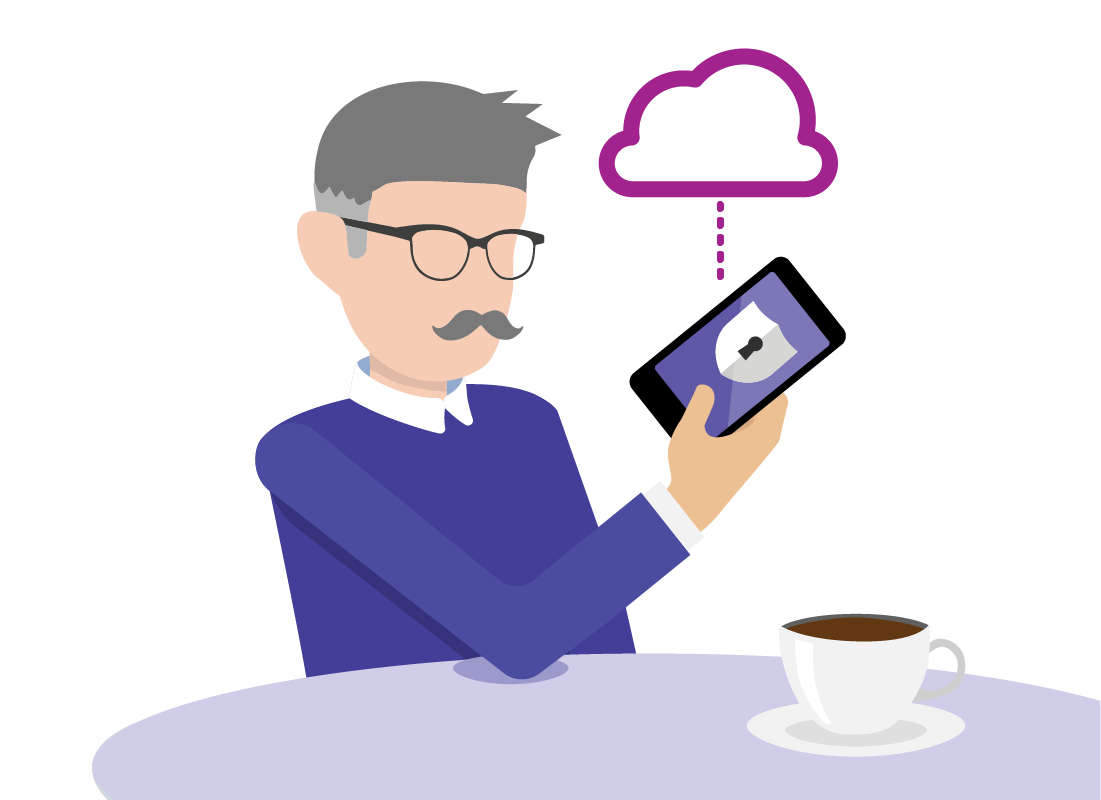Using the cloud safely and securely
Using the cloud safely and securely
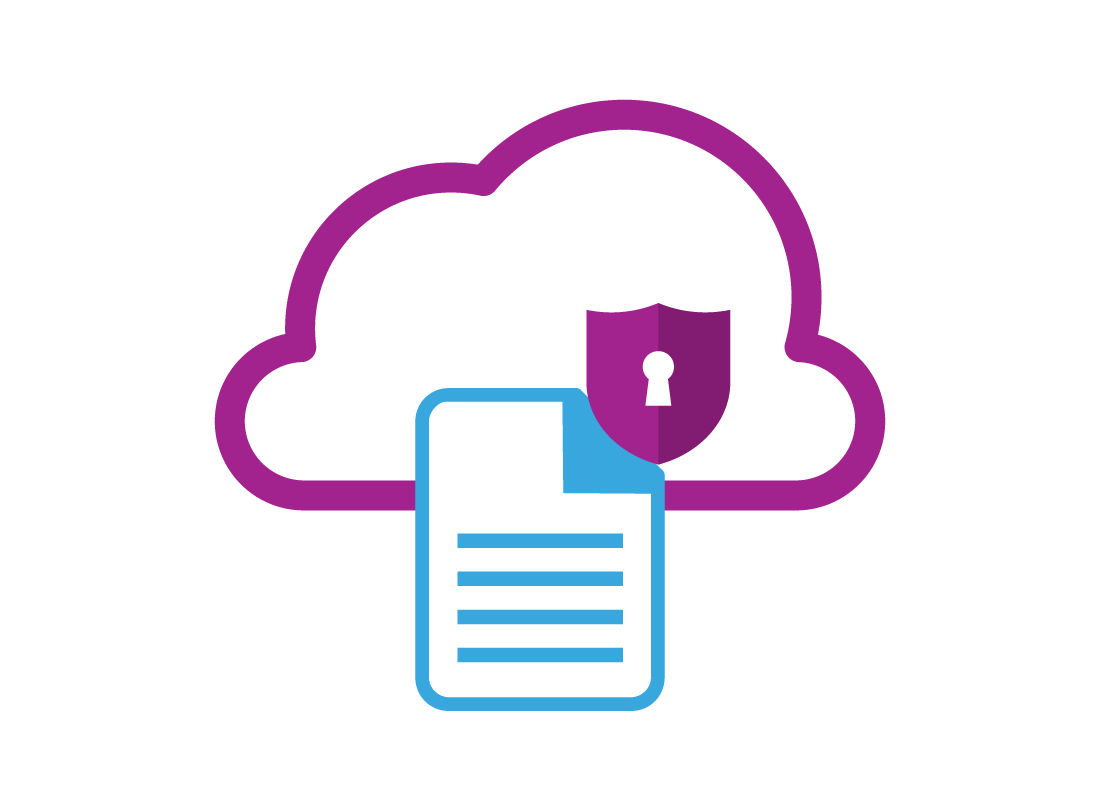
What's coming up
This activity will give you some tips to help maximise your safety and security while using the cloud. You’ll also learn about why the terms and conditions of your free cloud account agreement are important.
Start activityYour cloud username and password
Your cloud account username - which is usually an email address - and your password, are used to sign in securely to your cloud account and access all your files and personal details.
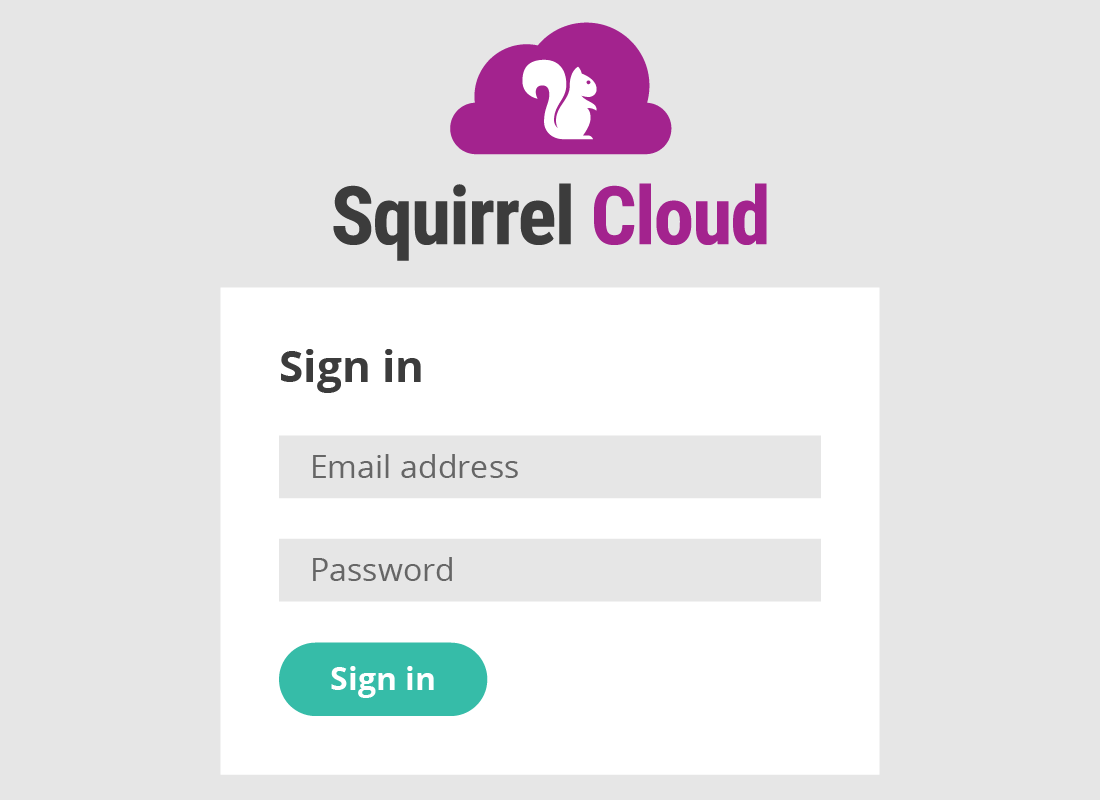

eSafety Tip
A strong password should be easy for you to remember, and hard for others to guess. It should have a minimum of eight characters, comprising numbers and letters, including capitals. Avoid birth dates, as well as number or letter sequences.
You can learn more about creating good passwords in the Managing passwords course.

Why your cloud username and password are so important
Your cloud account gives you access to your files from any device, so anyone who has your username and password will be able to sign in to your account.
You can protect against someone finding out your username and password using two-factor authentication.
Using two-factor authentication
You can turn on two-factor authentication by using the account settings option in your cloud app or on the website where you sign in to your cloud storage.
Two-factor authentication sends a code to your mobile device every time you sign in to your cloud account to verify your identity.
Once you enter your username and password, you’ll be sent a code via SMS or a special app. You will need to enter the code to confirm your identity and finish signing in securely.
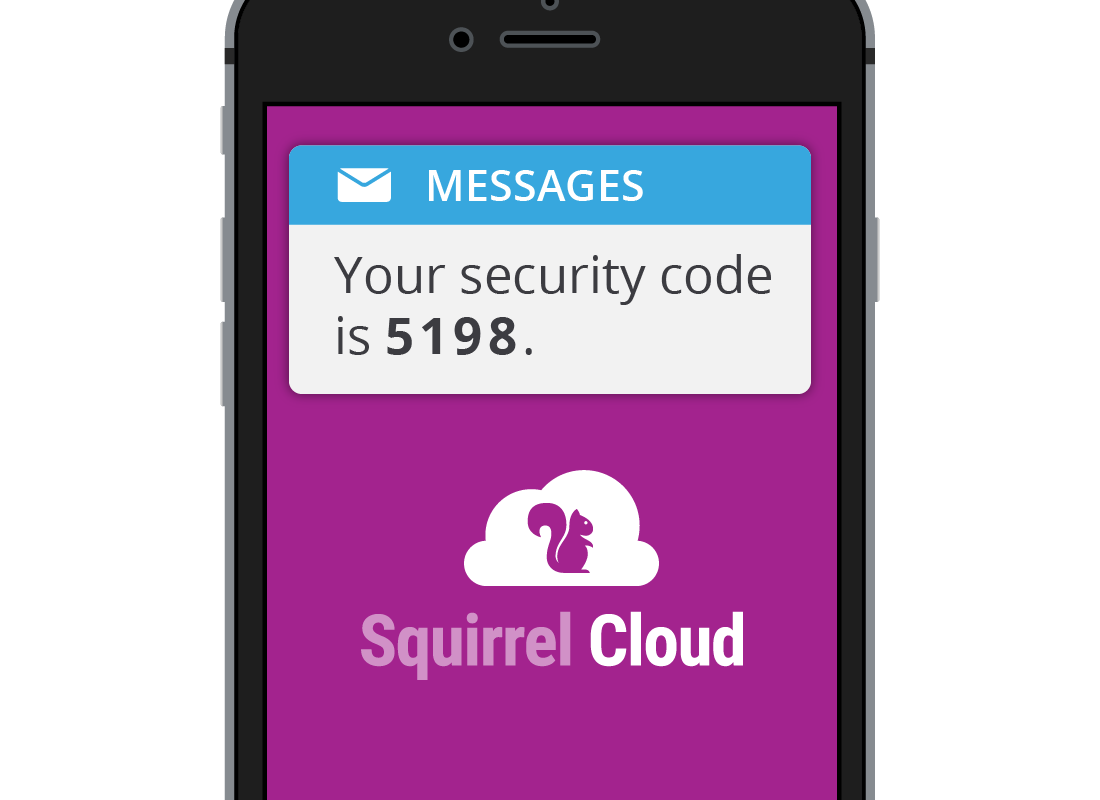

Advantages of two-factor authentication
When you have two-factor authentication turned on, it’s extremely difficult for anyone else to access your account. Even if they know your username and password, they won’t be able to access your account without the code.
You should also secure your mobile device with a PIN or passcode, so that anyone who has your device will not be able to access security codes that are sent to the device.
You can find out how to set a PIN or passcode in the iPhone: Security and privacy and Android phone: Security and privacy courses.

eSafety Tip
Even if you have two-factor authentication turned on, make sure nobody can get access to your password.
If you suspect someone else knows your password, you should change it right away.
One way you can tell if someone has guessed your password is if you receive an SMS on your device containing the access code, even though you’re not trying to log in. If this happens, update your password immediately.
You own your data
Even though you are uploading your data and files to a server on the internet, the files are still yours and the cloud provider does not have permission to look at them or use them.
Cloud providers are supposed to keep backups of your data in case of technical glitches or crashes, but you should always keep an extra backup of your files yourself for your own peace of mind.
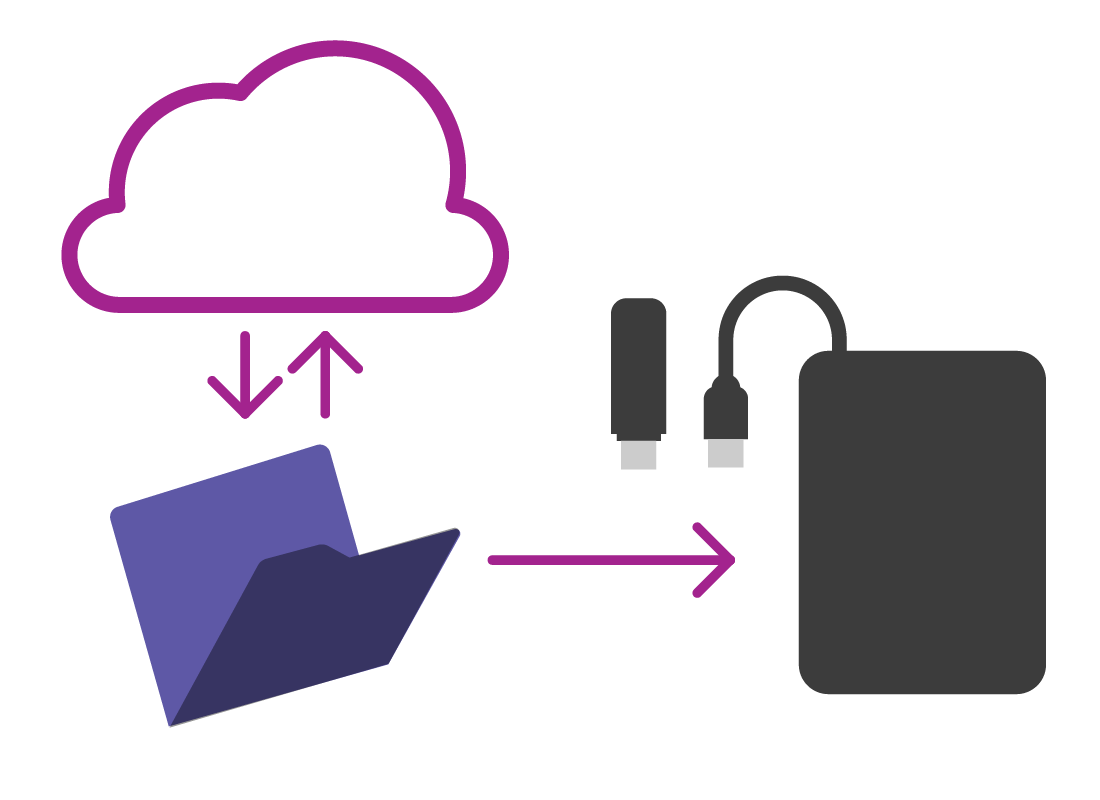
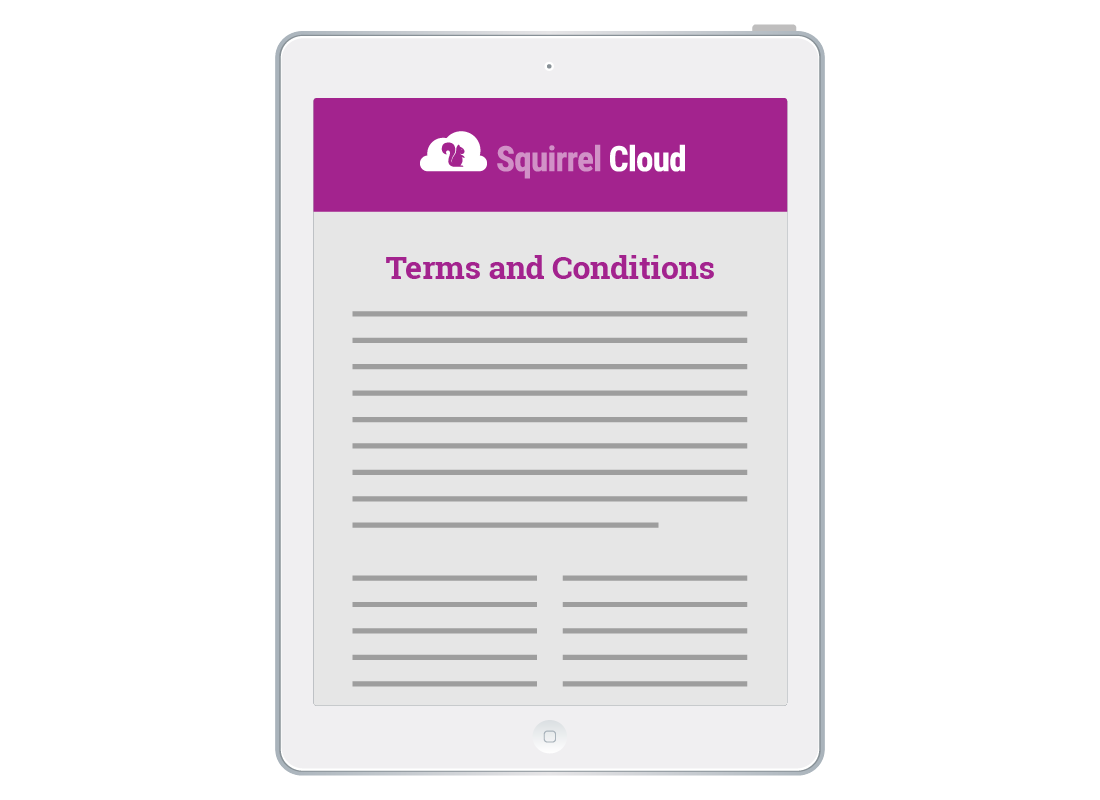
Check the terms and conditions regularly
On the page or app you use to sign in to your cloud account, look for a link to the Terms and conditions of use or similar.
This will have information about what:
- the cloud provider gives you
- you are responsible for
- your cloud account gives you.
It’s worth checking the terms and conditions regularly, because cloud services change rapidly as new technology and other features are developed.

eSafety Tip
You should always keep a copy of important files or documents on an external hard drive or other physical storage system.
Keep a safe and secret record of your password
Your password is the most important detail of your cloud account, so make sure you keep a copy of it somewhere that is safe and secure, in case you forget it.
You can retrieve a lost password using your ID, but it can be a tricky process, so it’s a good idea to keep a copy of your password somewhere safe.
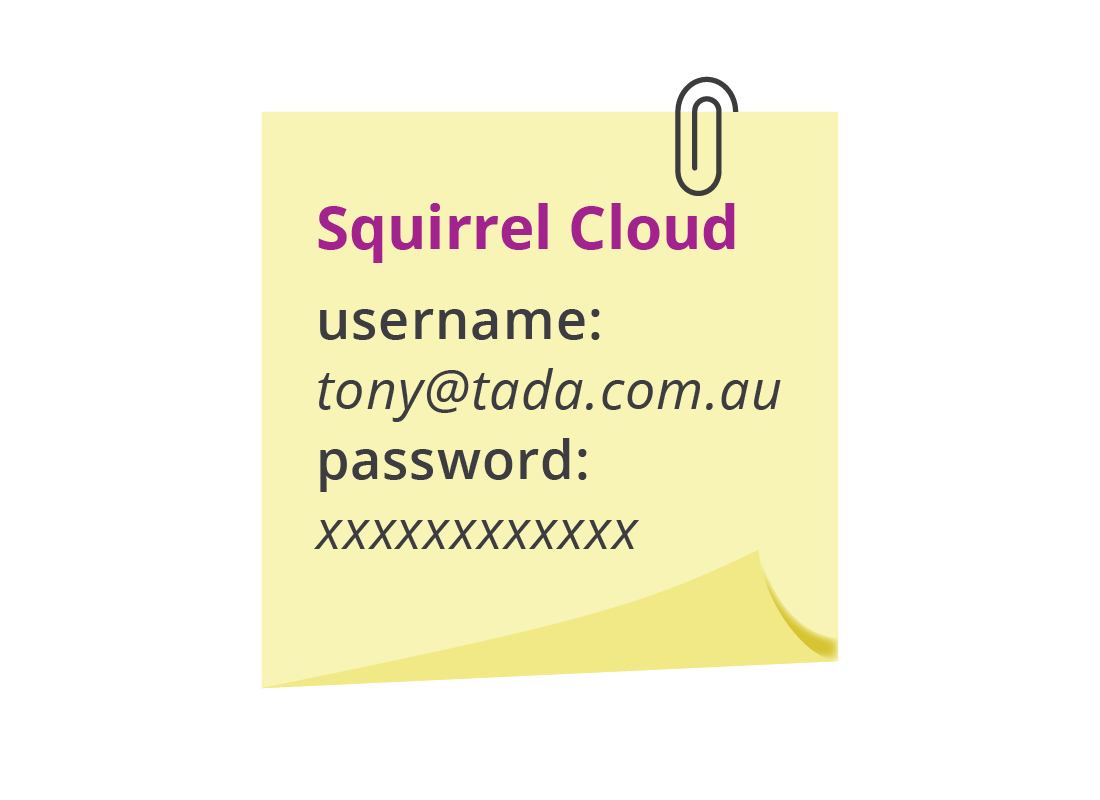
Well done!
This is the end of the Using the cloud safely and securely activity. You’ve learned the importance of your username and password, and how to make your account more secure using two-factor authentication.
Up next, find out some more about the cloud in the What are the downsides to the cloud? activity.
